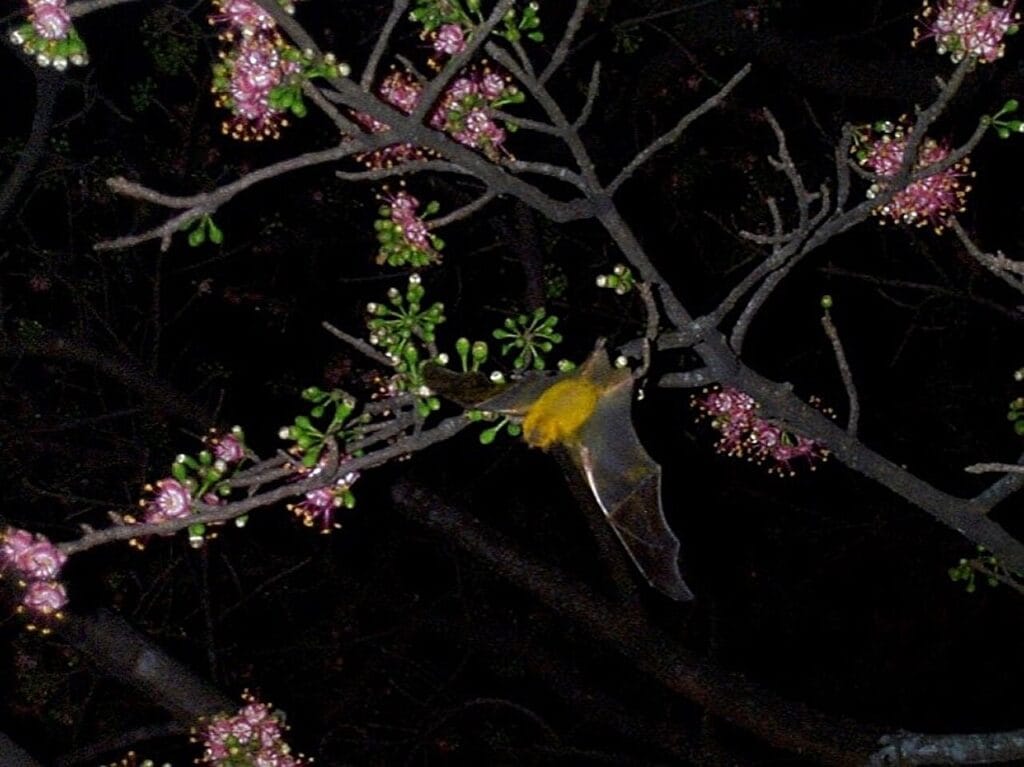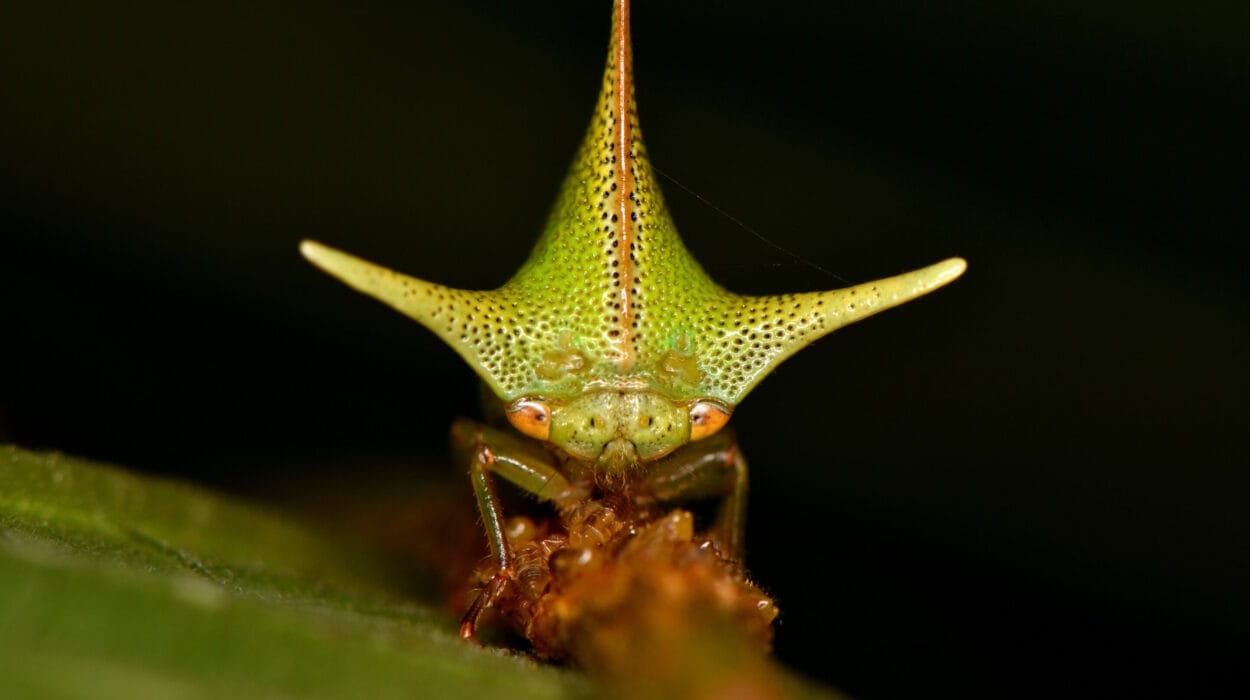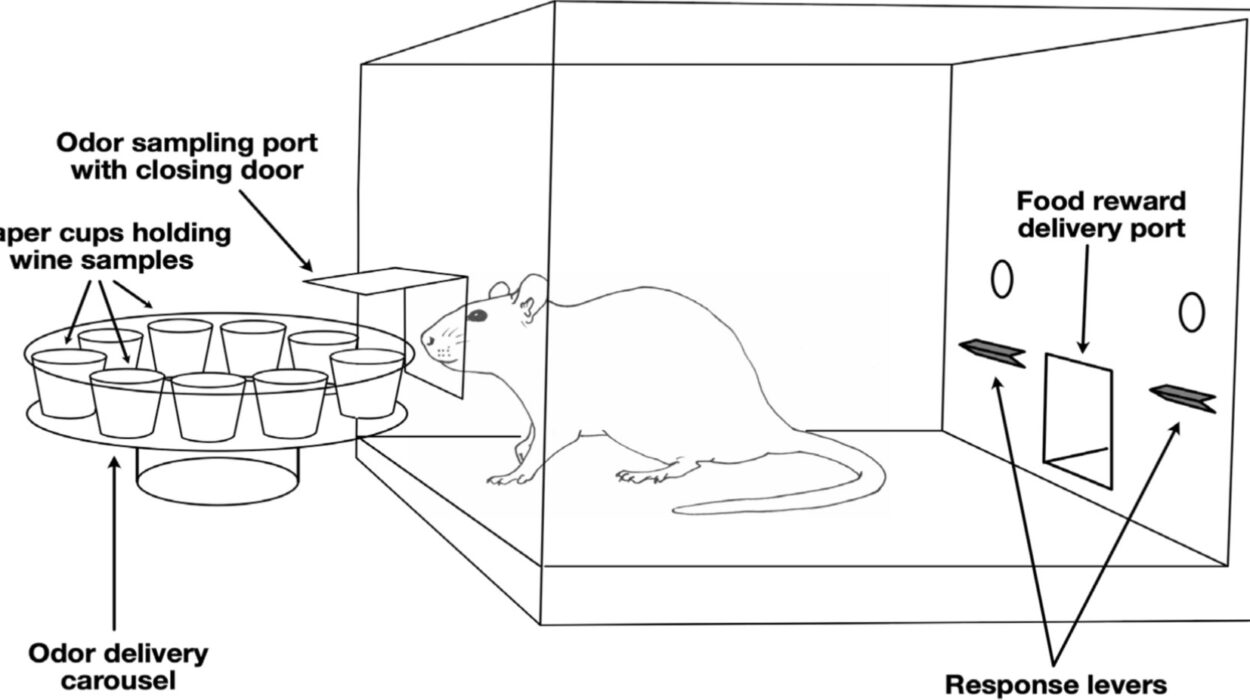For centuries, flowering plants have relied on an invisible dance between pollen and ovule to ensure the next generation. We picture a bee darting from blossom to blossom, dusting each flower with a cocktail of pollen grains from many fathers. But what if that mental picture is wrong—at least some of the time?
A new study, published in the Proceedings of the National Academy of Sciences, is challenging a long-standing assumption about how seeds in a single fruit are fathered. While the maternal genome in all seeds of a fruit is identical—the mother plant’s genetic contribution—the paternal story is often more complex. Traditional wisdom has held that ovules in multiseeded fruits are typically fertilized by pollen from multiple fathers. But researchers in India have now found that plant parentage can be surprisingly monogamous.
Their work is more than just a botanical curiosity—it’s a window into the secret politics of reproduction in the plant kingdom.
Seeds and the Politics of Parenthood
In the quiet green arenas of orchards, meadows, and forests, reproduction is not always harmonious. Once pollen grains land on a receptive stigma, they race to fertilize the ovules deep within the flower’s ovary. If the pollen comes from more than one father, the seeds within a fruit become half-siblings. And that’s where things can get complicated.
Biologists have long suspected that multiple paternity could spark genomic conflicts—invisible genetic rivalries over who gets the most resources. There can be competition between maternal and paternal genomes over how fast seeds develop, between seeds for nutritional dominance, and even among paternal genomes battling for the best share of the maternal plant’s investment. The outcome of these struggles can influence everything from seed size to plant health.
Understanding whether fruits tend toward single paternity or multiple paternity could therefore unlock clues about how plants manage these genetic conflicts—and how they might optimize reproduction for survival.
A Global Look at Plant Paternity
To test the assumption of widespread multiple fatherhood, the Indian research team conducted a sweeping systematic review and meta-analysis. They combed through studies spanning four decades—from 1984 to 2024—covering 63 species of flowering plants from diverse families.
For each species, they tallied the number of pollen parents per fruit and analyzed the patterns alongside breeding systems (self-compatible vs. self-incompatible), seed numbers per fruit, and evolutionary relationships.
The results were striking. On average, more than half (52%) of the multiseeded fruits had a single pollen parent—or at least an average of between one and 1.5 pollen parents per fruit. Only 19% of plants had more than three pollen fathers contributing to the seeds of a single fruit.
Even more intriguing was the role of seed number. Species with 10 to 100 seeds per fruit were overwhelmingly monogamous—77% of them had a single pollen father. But for species with more than 100 seeds, monogamy dropped to 47%. And for plants with just a handful of seeds (2–10), the single-father rate was 54%.

The pattern? There was no straightforward increase in paternal diversity as seed numbers rose. Bigger fruits did not automatically mean more fathers.
The Role of Breeding Systems
The plant’s breeding system mattered. Self-incompatible species—those that cannot fertilize themselves—showed a stronger tendency toward single paternity (59%) compared to self-compatible species (41%).
This suggests that even when forced to rely on cross-pollination, many plants still end up with seeds from just one father, possibly because of how pollinators deliver pollen.
Yet the study found no connection between a plant’s evolutionary lineage and its paternity pattern. “Evolutionary history does not constrain patterns of seed paternity,” the authors wrote, indicating that this reproductive strategy has likely evolved independently in multiple plant families.
Why Would a Plant Choose Just One Father?
The researchers suspect that single paternity may be a way to reduce genetic conflict inside the fruit. When all seeds share the same father, they are full siblings, and competition among them may be less intense. In turn, the maternal plant might be able to distribute nutrients more evenly.
Two strategies may help plants achieve this genetic peace treaty. First, large flowers can attract specialist pollinators—bees, birds, or bats—that deliver a massive load of pollen from just one plant in a single visit. Second, small flowers with fewer ovules often rely on generalist pollinators but still limit paternal diversity simply because there are fewer targets to fertilize.
Plants Acting Like Animals?
Perhaps the most unexpected twist in this green drama is that these patterns mirror those seen in animal mating systems. In the animal kingdom, some species mate with multiple partners to increase genetic diversity among offspring, while others are more monogamous, focusing on stability and reduced conflict.
That flowering plants show similar reproductive trade-offs underscores a deep biological truth: whether rooted in the soil or roaming the earth, all organisms must balance diversity against harmony.
Why This Matters for the Future
This is more than an academic curiosity. For agricultural scientists and conservationists, understanding patterns of plant paternity could help fine-tune crop breeding programs, where controlling seed parentage can be critical for maintaining desirable traits. It could also inform strategies for conserving wild plants, especially in ecosystems where pollinator populations are changing.
In a world where pollinators face increasing threats from habitat loss, pesticides, and climate change, knowing how plants handle paternity could help ensure both biodiversity and food security.
And perhaps, just perhaps, this study is a reminder that the quiet world of flowers holds dramas as intricate—and as consequential—as any played out in the animal kingdom.
More information: Kamaljit S. Bawa et al, Prevalence of monogamy at the level of flowers in plants, Proceedings of the National Academy of Sciences (2025). DOI: 10.1073/pnas.2506724122






